
▶️熱愛動畫與哲理,喜好文學和理論,致力於對事物作出深度解讀和延伸 ▶️主筆影評,漫評,雜文 ▶️動畫研究愛好者 ▶️文學為生命的底色,理論為活著的氣質,祈求著真理和探索生命的意義。 ▶️FB粉專:文影一方@BookShadowing
Collection of Streets and Alleys in Taiwan: Qingtian Street -- an old Japanese-style alley with greenery as light and shadows of coconuts
sequence:
Go out from Exit 5 of the East Gate of the MRT, turn right, enter Yongkang Street, go straight all the way, cross a Jinhua Street, and you will see it after passing Jinhua Park on the right. Right there, the green and tranquil Qingtian Street spreads out in front of you.
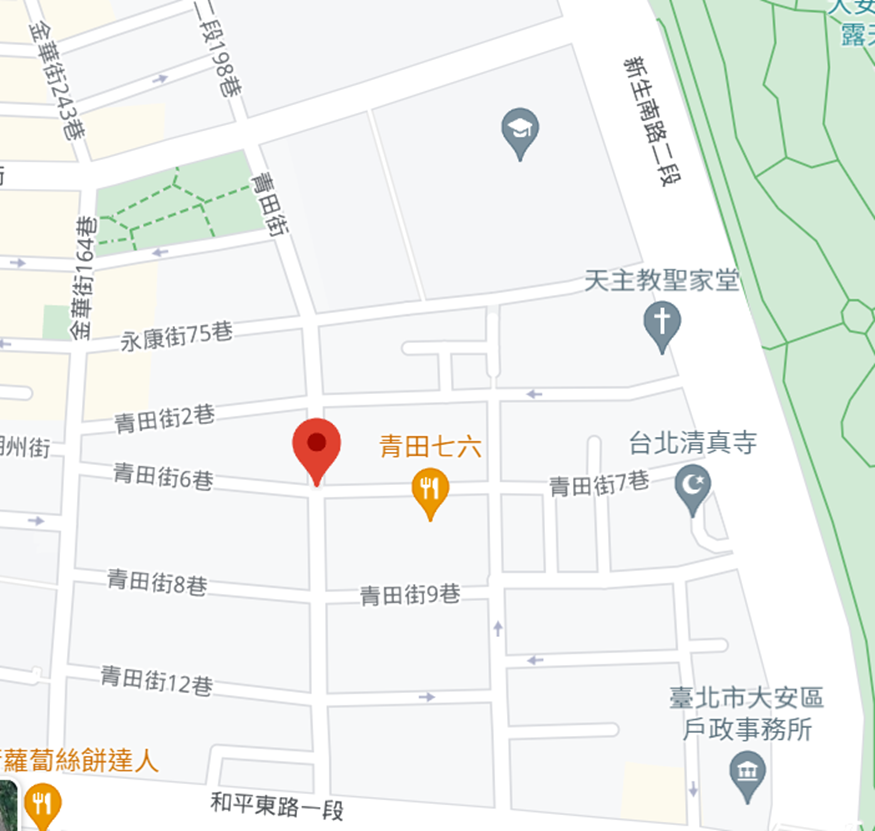
The first time is always the most critical. Because the more unfamiliar scenery and atmosphere, the easier it is to discover its beauty, and the easier it is to sort out its temperament and impression. And this is what I came here to find.
1. Unstoppable greenery:
Walking into Qingtian Street, the first thing I am attracted to is its color.
green.
This green has distinct layers, different levels, and shades of light.
The four o'clock sun fell on the asphalt road, incomplete, broken, holed, and shattered by the shade of the house's long branches. The road where the sun hits heats up, smokes and melts; on the shaded sidewalk, the wind blows, the cat lies, and the water under the gutter flows and cools, creating a scene that is half hot and half cool.
There is cool under the greenery, and there is heat under the sun, and neither one is missing. It is a typical picture. Without sunlight, trees are dead; without heat, greenery is pale.
So why come in the afternoon? Because there is light and heat, green is conspicuous.
like water waves. The summer wind blew in from the street, and there were dazzling ripples in the trees, flashing with lines and blue. The azure green and the emerald green swayed in a dazzling psychedelic.
The light is swimming, erratic left and right, spinning up and down, like mercury, gathering and attracting each other, merging, and then splitting, stretching. It has blurred edges, overlapping layers of green, sometimes strong, sometimes thin.

Sunlight adds color to green, and streets give way to green.
If you look closely, you will see that the trees and plants have fallen within the walls of the house.
In fact, the greenery is not intentionally erected, it is only created according to people's habits and interests. You plant a clump, and I will plant one. Potted plants are planted, placed at the door, hung on the wall, and piled on top of the wall; giant trees lean against the wall, face the sky, jump over the railings, and spread branches and leaves, all of which can’t be hidden from the courtyard at home.
At first, it was spewing out in small clusters, but later, when I became more daring, I ignored the stone walls and rushed out in groups. The iron gates could not stop them, the brick walls did not catch them tightly, and it was not just the fish that slipped through the nets. Even whales get out. In the end, it poured from the top of the head piece by piece, like a waterfall, falling down, growing up, unscrupulous, ignoring the stone prison.
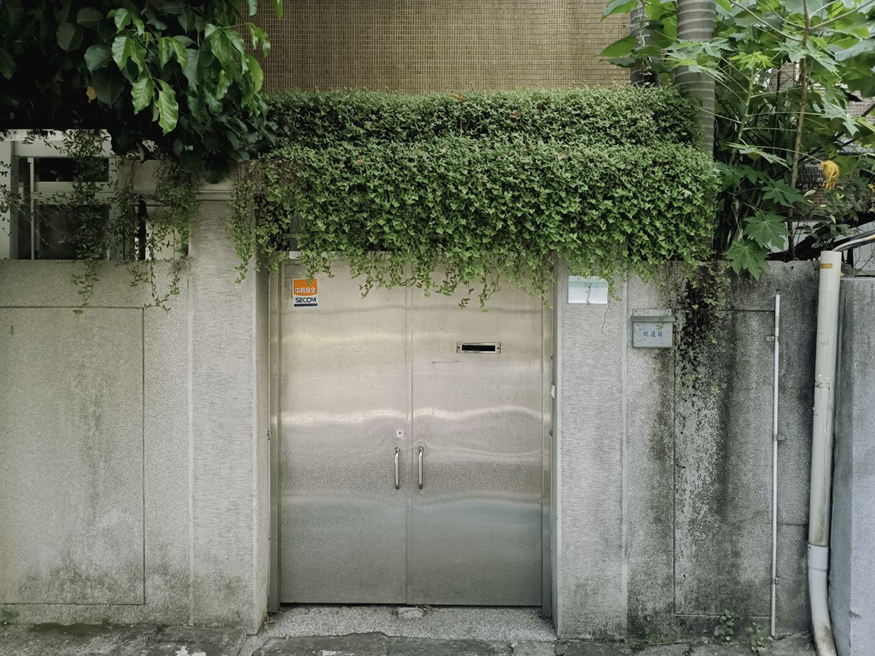
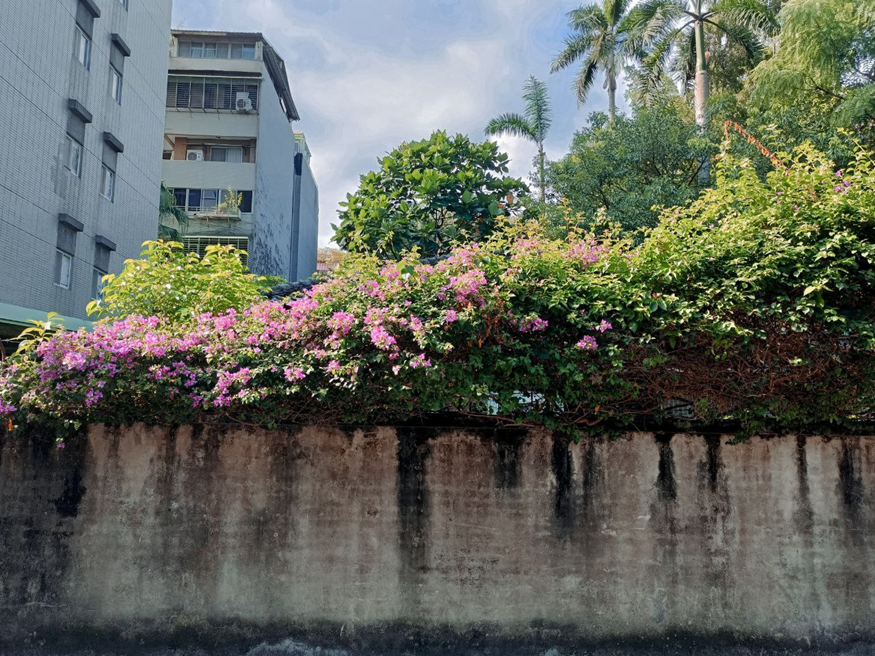
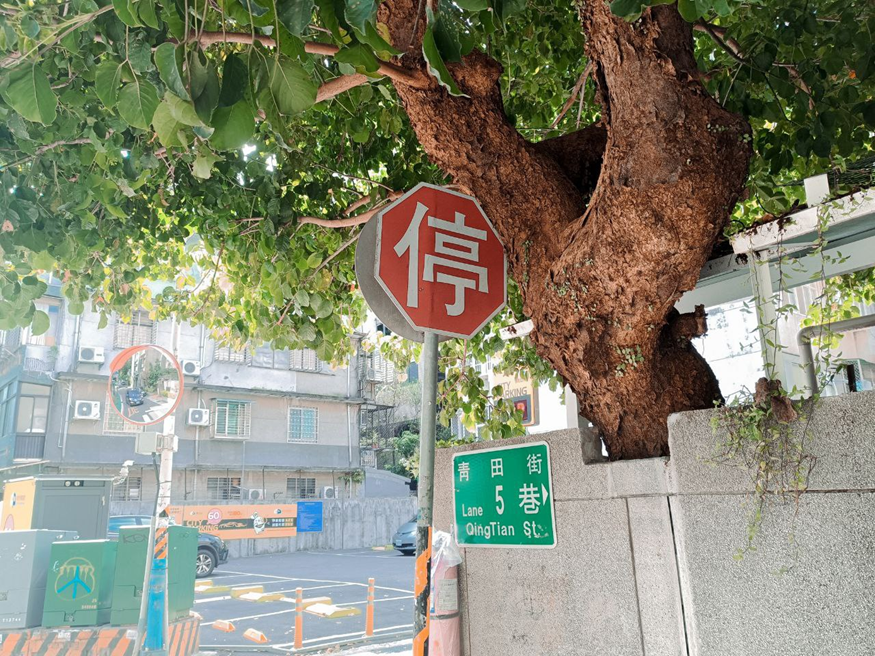
2. Dilapidated and collapsed Japanese-style houses:
I don’t think greenery can’t be closed. The grass here is resilient, and the trees are wild. The roots are based on old houses and gardens. The roots are elongated, the feet are firmly grasped, and then they will not let go, even the atmosphere, smell, and color of the old days. kept.
So as we go deeper into the streets, we will find that things become obsolete, courtyards become cluttered, and walled houses return to the Showa era.

The tiles of the house are stacked with scales, and the roof ridge is raised. The color is full of lush green moss, which accumulates in the ditches and fills the gaps.
The wall is low, just over, tiptoe, jump up, can see the weeds in the yard a little. The materials are old, the stone bricks are piled up, neatly scattered, uneven, with cracks and chamfered corners, and the brown-gray brick walls have also been dyed blue and yellow.
A layer of green moss was applied to the surface, and it was wet by pressing it with your hands. It sticks to the stone, can't be wiped off, can't be scraped completely, and it has already drilled into the bottom of the mud layer.
The letterbox is still there, black iron, elegant, but it is also full of Xue Li, the branches and buds are growing, the small green leaves are showing their teeth and claws.
The door was blocked from the outside, but there was nothing to hide inside.
A beam of wood went through the roof, the broken tiles were messy, the bursting wooden beam was cracked, and the drain pipe that was cut off from the eaves was facing down.
The windows were slashed, staggered, covered, like insect scales, in a chaotic mix of dull colors.
There are lights, but not bright, and the quilt is covered, growing decadent, with the smell of rotten wood.

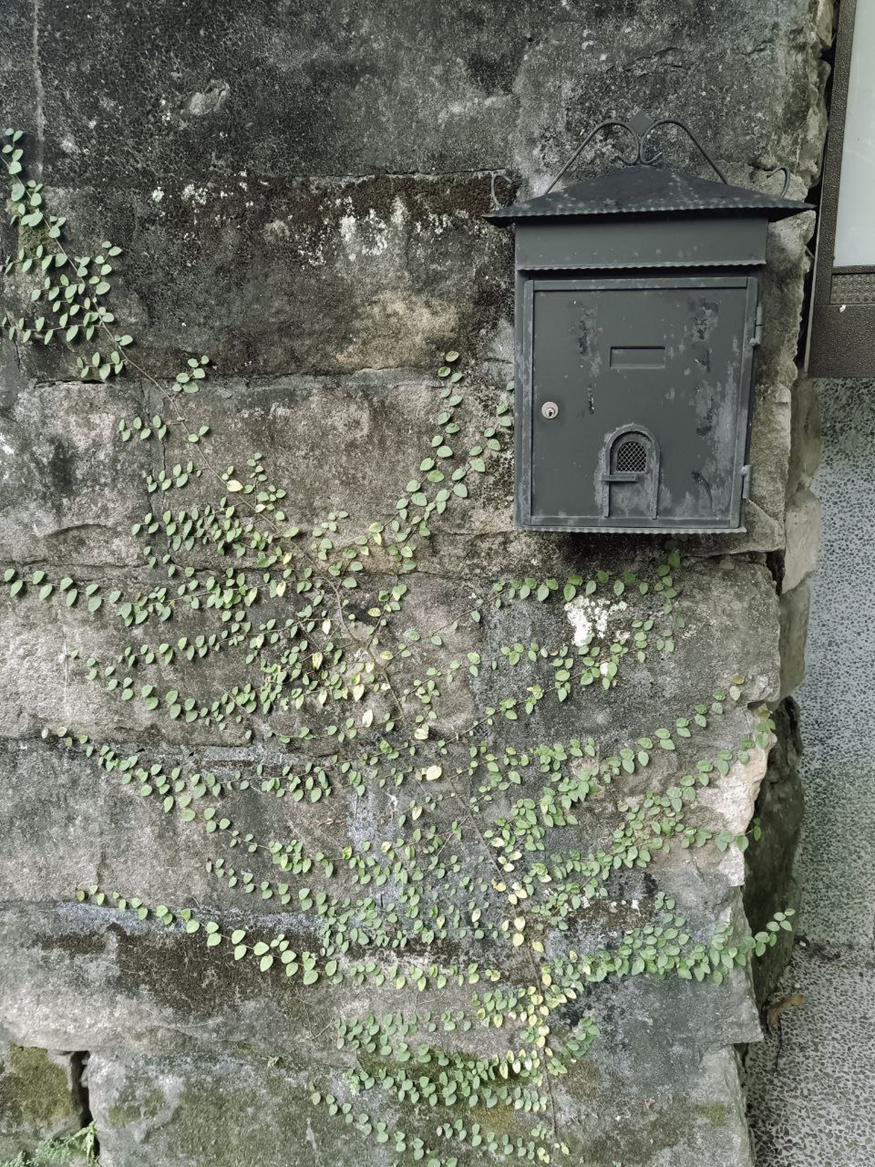
Looking up, the branches on the top of the head are messy, intruding towards the upstairs window, the iron railings are still functioning, and they can't get in, so they have to grow to the side. But the leaves are exuberant and crawling on the building, tall, low, whorled, opposite, clinging, upright, all close to the house, pressing the top, squeezing each other, and the shadows of the trees. Is it a wall or a vine? Is it a window or a leaf? Implanted inside, sprouted from the container, broken skin, drilled out, like a whole, all kneaded together.
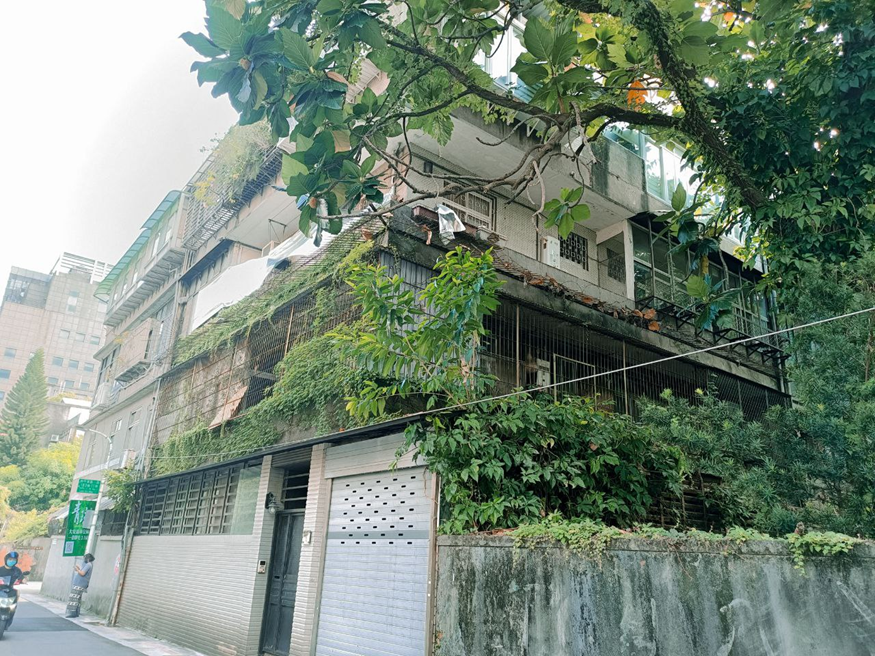
A little higher, is a coconut tree.
Although the branches are covered with leaves, and the whole body is broken and unkempt, there is still a line of upright backbone. In addition to falling leaves, smashing people, cars and houses, coconut trees also play an important role. It is the door to go back to the old times. It raises the alleys and lifts the style in the alleys. In the alleys full of dilapidated, it builds up a bit of restraint and serious temperament.
The wind blows, the sun is strong, the trees stand upright, and they return to the past.
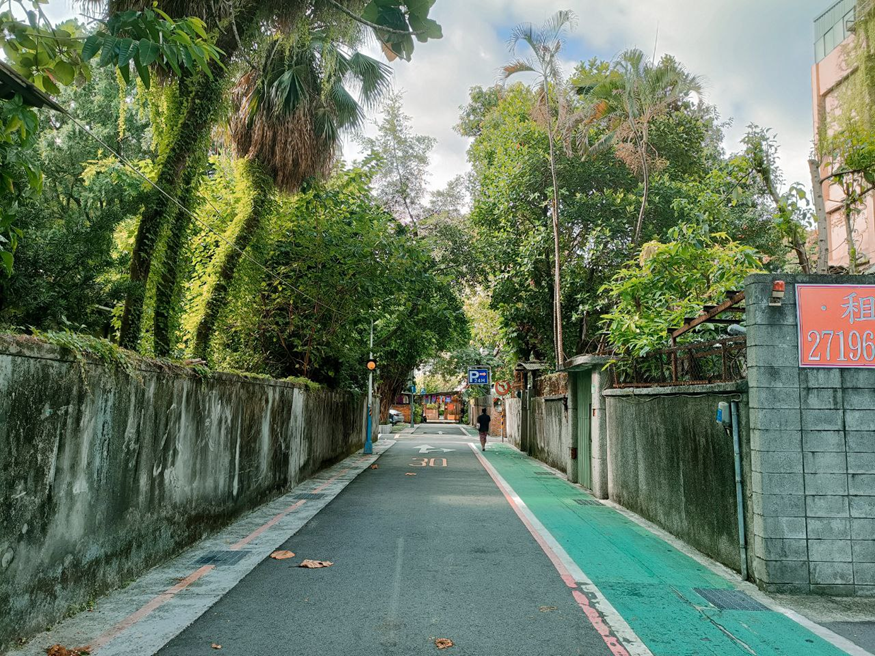
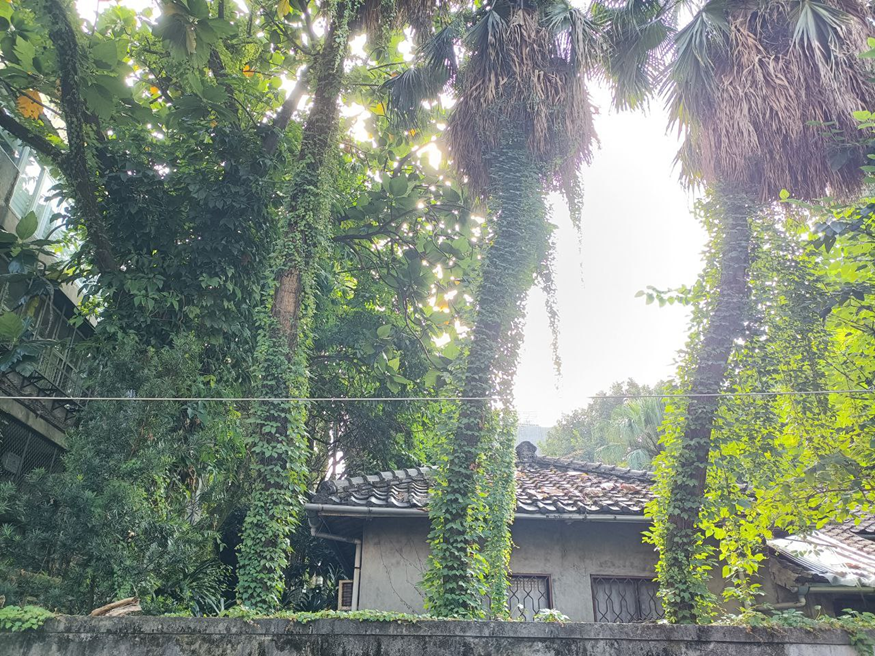
3. Qingtian seven or six:
Qingtian Qiliu is probably the most famous scenic spot and historic site in the entire Qingtian Street.
It is a mix of foreign and Japanese buildings, built in 1912 and preserved as the former residence of Professor Ma Tingying.
Because there is a guided tour of historical sites, the old houses are revitalized, the courtyards are clean, some people repair the collapsed, some people make up for the faded color, some people push it straight, and some people sort out the messy things.
The old banyan tree supports the leaf crown, hangs down aerial roots, brushes the wall, brushes the chair, brushes the signboard. There is someone's breath, so it is completely different from the situation of other old houses in the alley.
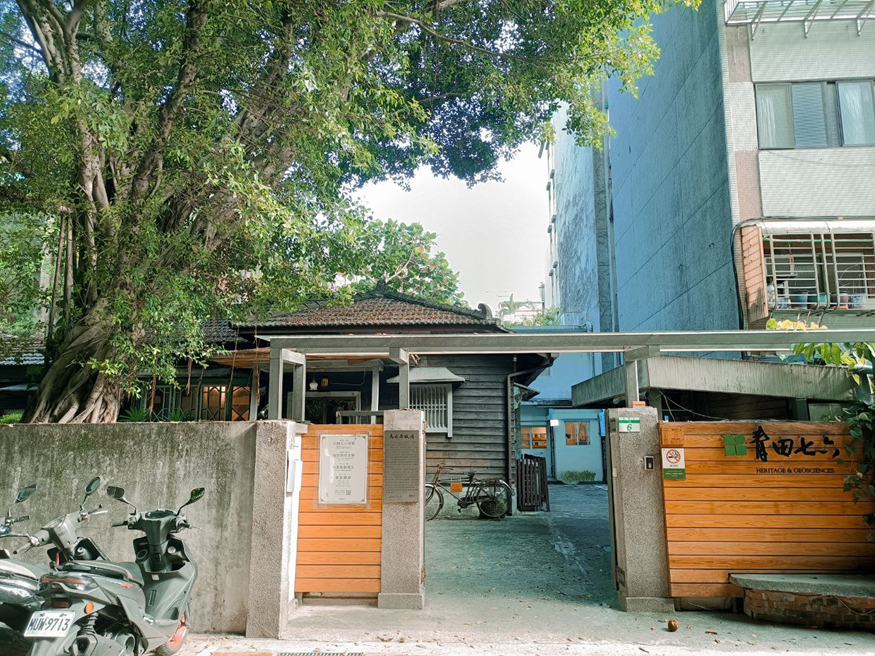
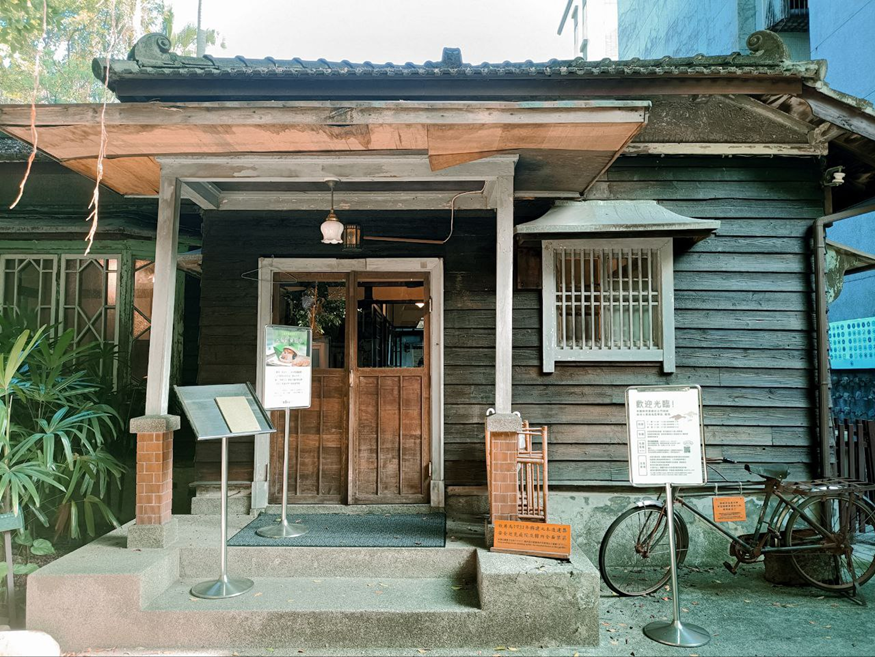
The moment I walked into Qingtian Qi Liu, a picture, or an image, suddenly appeared in my mind. In summer, the sun is shining, coconut shadows are swirling, brick walls are red, and foreign-style buildings are built. Some people were walking, some in kimonos and some in suits.
That is the dream of tropical Nanyang, a wonderful combination of Western and Japanese style and local characteristics.
If this picture means anything, it should be rigorous fashion and leisurely comfort.
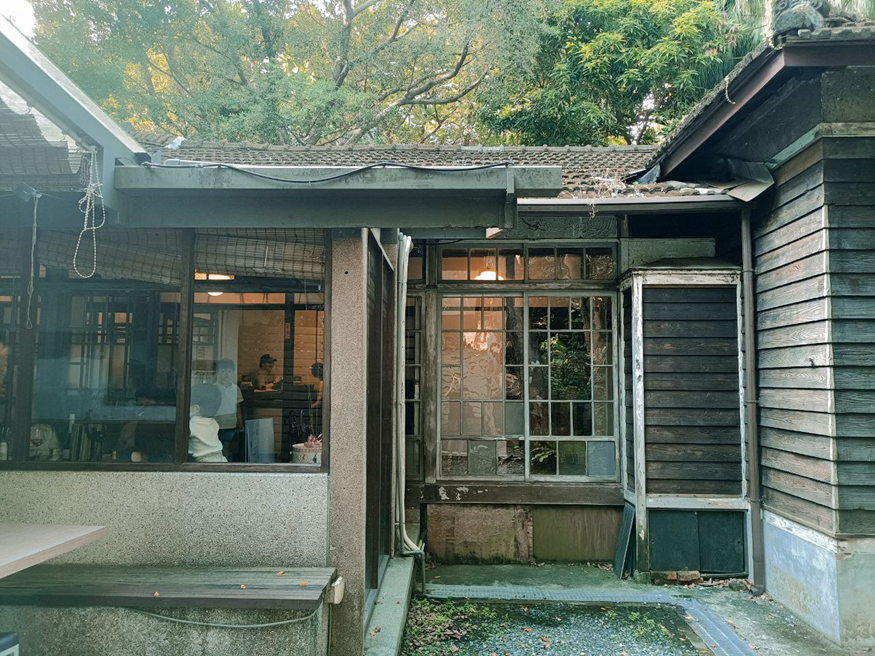
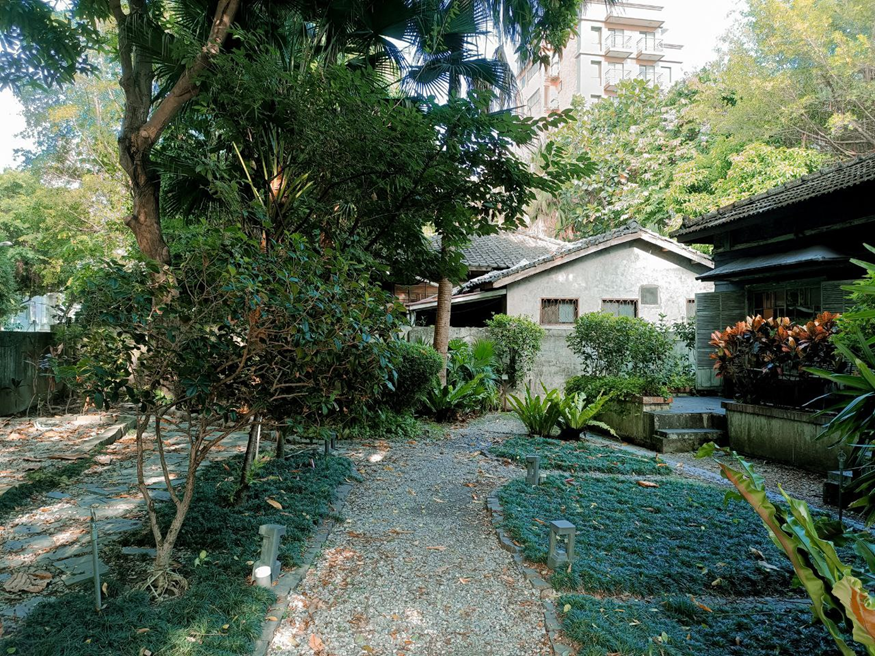

Walking into the backyard, I found many towering coconut trees. The brown fibrous roots are dense, and the sun stops on the leaves, dyed brown with a strong orange, darker and brighter.
The summer is hot, and the high temperature is even more sticky and sticky, and the sweat falls to the ground and accumulates into water. There are several locomotives parked outside the door, in twos and threes, some densely and sparsely. In such an arrogant summer, the black seat cushions are hot, and the front of the car is lit, and it is scorching when it comes in.
The sunlight on the gravel ground in the courtyard was extremely bright, dark and intense. Standing in the corner, the top of his head was burning, his thoughts were dizzy, and his clothes were dizzy with a dark layer of sweat.
Coconut shadow is the most charming and the most annoying.
Its leaves are open like a fan, each leaf is flat, long needle-shaped, embracing from the top of the stem, like an umbrella skeleton, going up and spreading.
It is so lazy, the stems are not stretched long enough, the leaves are not dense enough, people are eager for shade underneath, but they only give people scattered mottled, shapeless, unassuming, unassuming. Covered greenery.
Its charm lies in its tropical, nostalgic vibe; its annoyance lies in its fragmented shadows and small size.
Therefore, coconut shadows are suitable for appreciation, but not for enjoying the shade, giving people a casual atmosphere and immersing themselves in the past. Coconut shadow is rigorous, serious and elegant. If you want to enjoy the shade, it is better to stay on the outer porch, sit on the edge, out of the sun, stick your feet out, and sway back and forth, which is better.
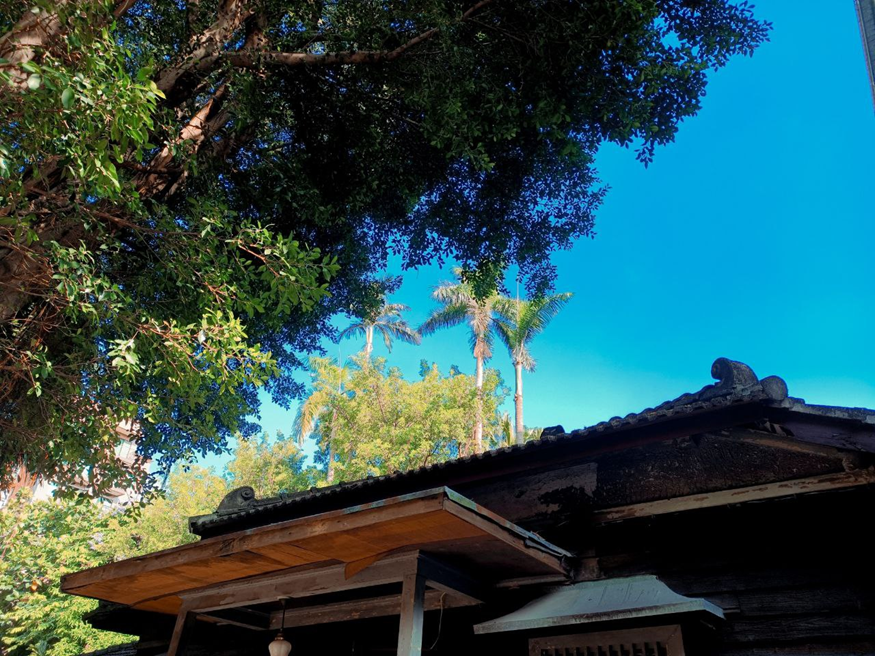

4. Building New Street:
After walking through the streets and alleys, the opposite side after coming out is an orderly and covered forest along the side of the road. That is Daan Forest Park.
At this time, the sun was sloping and steep, blocked by the buildings and businesses at the end of the street, the road from the left end to the right end of the horizon, covered with shadows, soaked in blue, revealing the missing light, only the woods ahead, a transparent , it was all, orange, bright with warmth. The blue sky was above, and the sights converged, flowed, concentrated, and all accumulated on the woods in the opposite park.
Empty, bright, new and clean after cleaning.
The same is true for streets and alleys. The more you go to the end, the newer the building.
Several buildings have been built nearby, new and tall. More than a dozen layers are stacked, all in a unified style. The windows face the alley, the slate exterior wall, the balcony is all on one side, and the iron windows are all removed, leaving only the necessary lines.
It seems to be in line with the characteristics of this street and alley. The wooden signs are hung on the wall, and the slate colors are uniform, dark and light gray, and flowing cloud patterns. It does not seek high-rise decoration, but seeks generosity and simplicity. The shape is novel, but the tone revealed is old; the surface of the black stone decoration is freshly cut, but the breath is steady and quiet.
After such a careful study, I feel that the school is harmonious. There is no awkwardness or unevenness in the whole street, no variegated color, and no random growth of knots.

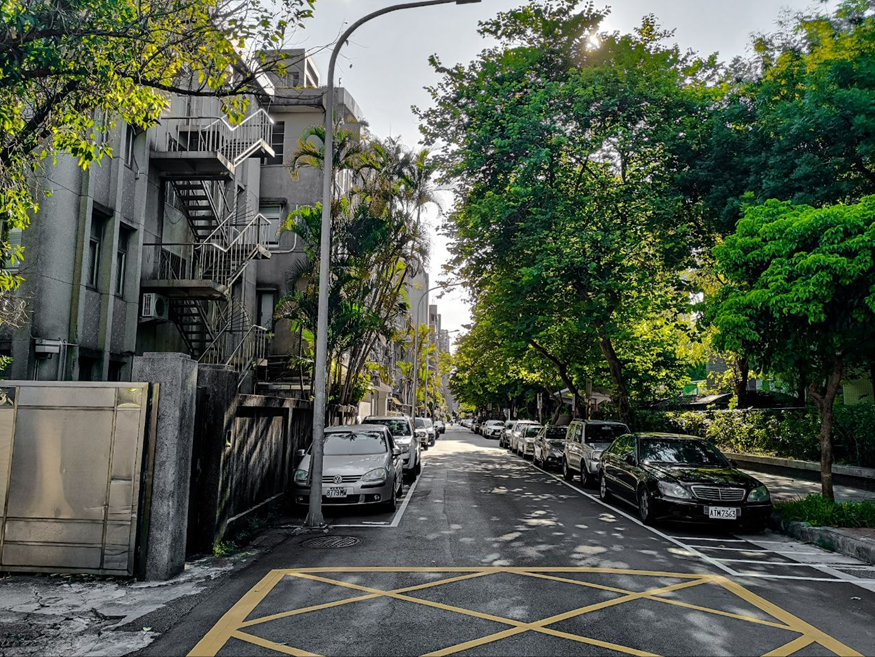
On the right side of the driveway, you can also see the Taipei Mosque.
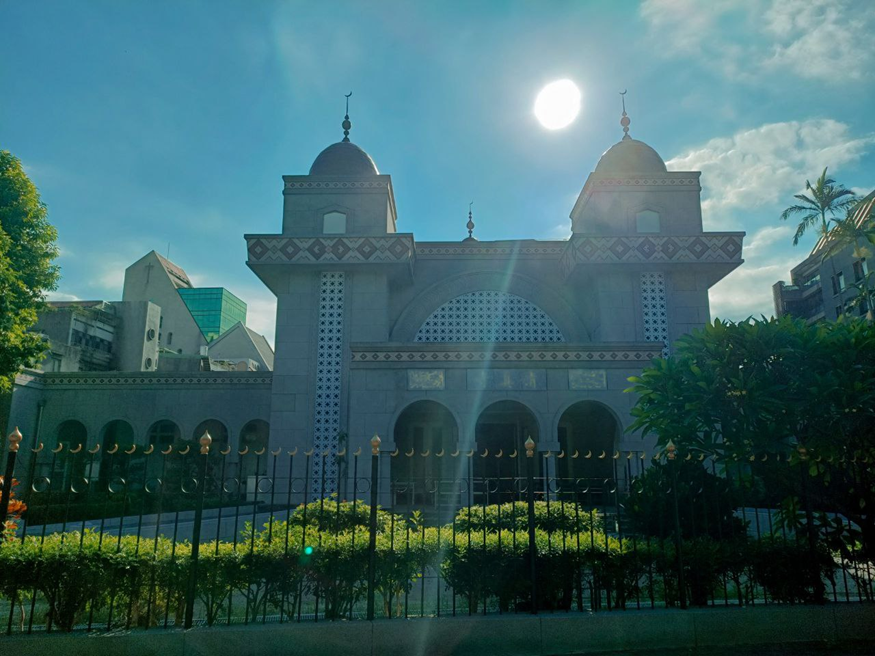

Conclusion:
Qingtian Street has the tranquility and leisure of the old days. Drowsy eyes, hot summer, is a unique scene in the afternoon.
It is like a painting that has been preserved, and even the scene and atmosphere of the time are completely preserved. Aside from the political criticism of the Japanese occupation period, this kind of green, this kind of decadence, and this kind of rigor is very nostalgic.
It is not a must go. Although the ancient houses are exquisite and the greenery overflows, they still adhere to the principle of Taipei streets: when you have free time, it is best to be casual.
In terms of mentality, you can walk into the fork at will, wander freely, and enjoy it at will. If it's not for research and materials, don't use it as a destination.
The full article is on my personal blogger "Life Observation of Wenying Party": https://bslifeobserving.blogspot.com/2022/08/blog-post_24.html
Like my work?
Don't forget to support or like, so I know you are with me..
Comment…